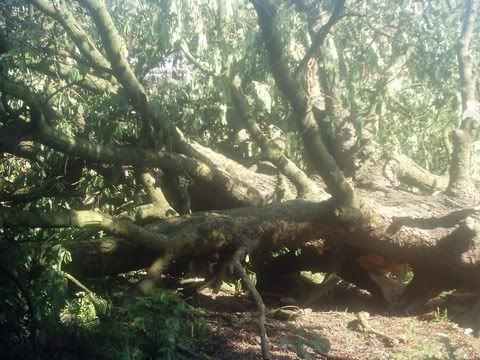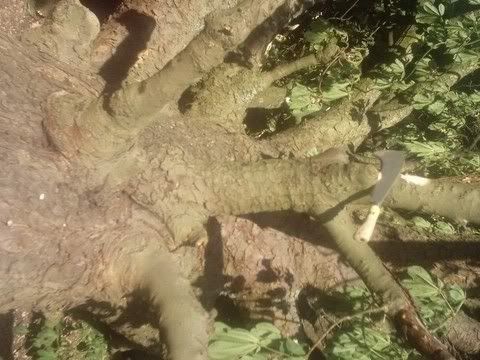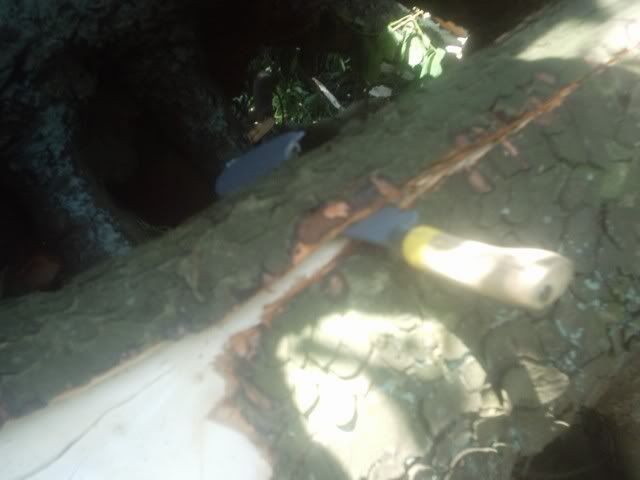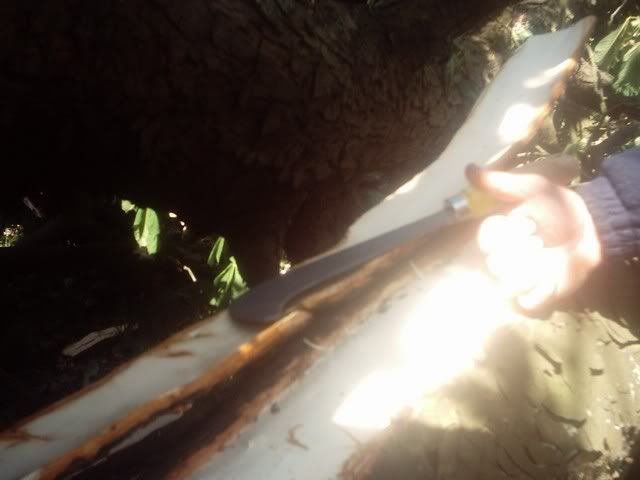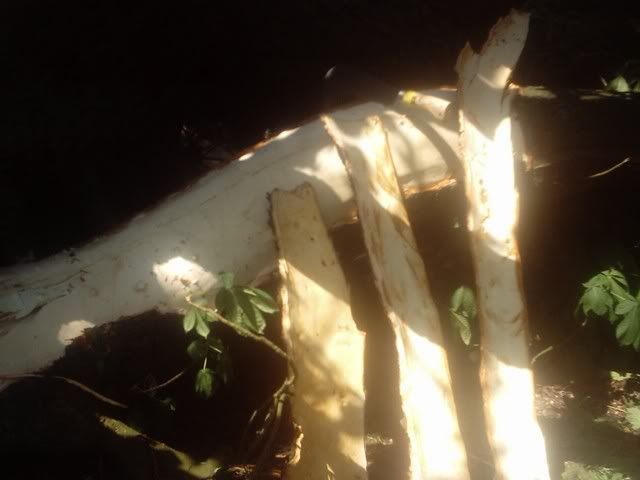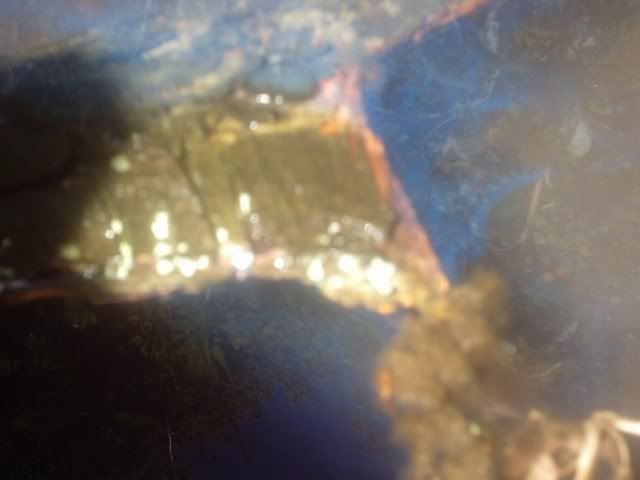Edible Uses
Coffee; Seed.
The roasted seed is used as a coffee substitute[2, 7].
Seed - cooked. It can be dried, ground into a powder and used as a gruel[7, 46, 55, 61]. The seed is quite large, about 3cm in diameter, and is easily harvested. It is usually produced in abundance in Britain. Unfortunately the seed is also rich in saponins, these must be removed before it can be used as a food and this process also removes many of the minerals and vitamins, leaving behind mainly starch. See also the notes above on toxicity. The seed contains up to 40% water, 8 - 11% protein and 8 - 26% toxic saponins[218].
The following notes apply to A. californica, but are probably also relevant here:-
The seed needs to be leached of toxins before it becomes safe to eat - the Indians would do this by slow-roasting the nuts (which would have rendered the saponins harmless) and then cutting them into thin slices, putting them into a cloth bag and rinsing them in a stream for 2 - 5 days[213].
Medicinal Uses
Disclaimer
Alterative; Analgesic; Antiinflammatory; Astringent; Bach; Diuretic; Expectorant; Febrifuge; Haemostatic; Narcotic; Tonic; Vasoconstrictor; Vulnerary.
Horse chestnut is an astringent, anti-inflammatory herb that helps to tone the vein walls which, when slack or distended, may become varicose, haemorrhoidal or otherwise problematic[254]. The plant also reduces fluid retention by increasing the permeability of the capillaries and allowing the re-absorption of excess fluid back into the circulatory system[254]. This plant is potentially toxic if ingested and should not be used internally without professional supervision[254].
Alterative, analgesic, haemostatic and vulnerary[165, 218].
The bark is anti-inflammatory, astringent, diuretic, febrifuge, narcotic, tonic and vasoconstrictive[4, 7, 222]. It is harvested in the spring and dried for later use[4]. The plant is taken in small doses internally for the treatment of a wide range of venous diseases, including hardening of the arteries, varicose veins, phlebitis, leg ulcers, haemorrhoids and frostbite[238, 254]. It is also made into a lotion or gel for external application[254]. A tea made from the bark is used in the treatment of malaria and dysentery, externally in the treatment of lupus and skin ulcers[4, 222].
A tea made from the leaves is tonic and is used in the treatment of fevers and whooping cough[222, 240, 254].
The pericarp is peripherally vasoconstrictive[7].
The seeds are decongestant, expectorant and tonic[7, 21]. They have been used in the treatment of rheumatism, neuralgia and haemorrhoids[4]. They are said to be narcotic and that 10 grains of the nut are equal to 3 grains of opium[213].
An oil extracted from the seeds has been used externally as a treatment for rheumatism[254].
A compound of the powdered roots is analgesic and has been used to treat chest pains[257].
The buds are used in Bach flower remedies - the keywords for prescribing it are 'Failure to learn by experience', 'Lack of observation in the lessons of life' and hence 'The need of repetition'[209].
The flowers are used in Bach flower remedies - the keywords for prescribing it are 'Persistent unwanted thoughts' and 'Mental arguments and conversations'[209].
Other Uses
Dye; Soap; Starch; Tannin; Wood.
Saponins in the seed are used as a soap substitute[169]. The saponins can be easily obtained by chopping the seed into small pieces and infusing them in hot water. This water can then be used for washing the body, clothes etc. Its main drawback is a lingering odour of horse chestnuts[K]. The seed contains variable amounts of saponins, up to a maximum of 10%[240].
A starch obtained from the seed is used in laundering[100].
The bark and other parts of the plant contain tannin, but the quantities are not given[223].
A yellow dye is obtained from the bark[4].
The flowers contain the dyestuff quercetin[223].
Wood - soft, light, not durable. Of little commercial value, it is used for furniture, boxes, charcoal[2, 11, 46, 61].


